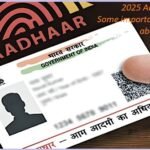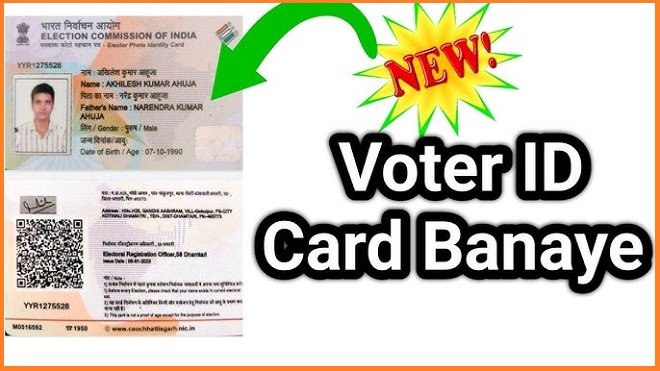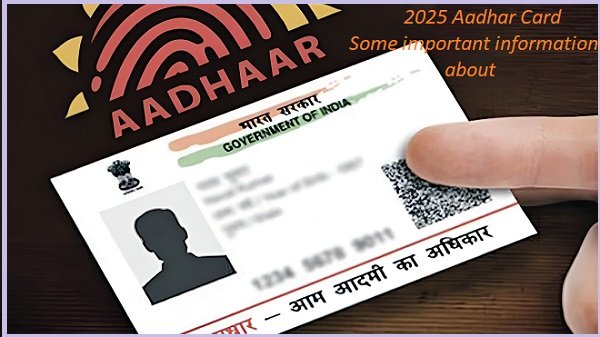Differences in Voter ID Laws
Voter ID and Identification Laws Across the World: A Complete Guide
Introduction
Voter ID is a crucial document that ensures fair and transparent elections. It helps in verifying the identity of voters and prevents fraudulent voting. Every country has its own voter identification laws, and the process of obtaining a voter card varies significantly. In this guide, we will explore the voter ID system in India, its physical appearance, the procedure for obtaining a voter card, and the references required. Additionally, we will compare voter identification laws in various countries, including Argentina, Australia, Brazil, Canada, and more.
Voter ID laws differ from country to country, shaping how elections are conducted, how voter identity is verified, and how electoral fraud is prevented. While some nations have strict Voter ID laws, others adopt more lenient identification policies. These differences in Voter ID laws reflect a country’s approach to democracy, governance, and election security.
This article explores 10 major differences in Voter ID laws worldwide and how they impact elections.

Voter ID (India): A Comprehensive Overview
What is a Voter ID?
A Voter ID, also known as an EPIC (Electors Photo Identity Card), is issued by the Election Commission of India (ECI) to eligible citizens. It serves as proof of identity and eligibility to vote in elections.
Physical Appearance of Voter ID
The Indian Voter ID is a laminated card with a unique identification number.
It contains the voter’s name, father’s/mother’s name, gender, date of birth, and a photograph.
The back side of the card includes the voter’s constituency details and a hologram for security.
How to Obtain a Voter Card in India?
Eligibility: The applicant must be an Indian citizen and at least 18 years old.
Online Application: Register on the National Voters’ Service Portal (NVSP).
Offline Application: Fill out Form 6 and submit it at the nearest Election Commission office.
Documents Required:
Proof of identity (Aadhaar Card, Passport, Driving License, etc.)
Proof of residence (Utility bill, Ration Card, etc.)
Passport-size photographs
Verification Process: A Booth Level Officer (BLO) visits the applicant’s residence for verification.
Issuance: Once verified, the Voter ID is dispatched to the applicant’s address.
Voter Identification Laws in Different Countries
Each country has different regulations regarding voter identification. Some nations require strict photo identification, while others allow voting with minimal verification.
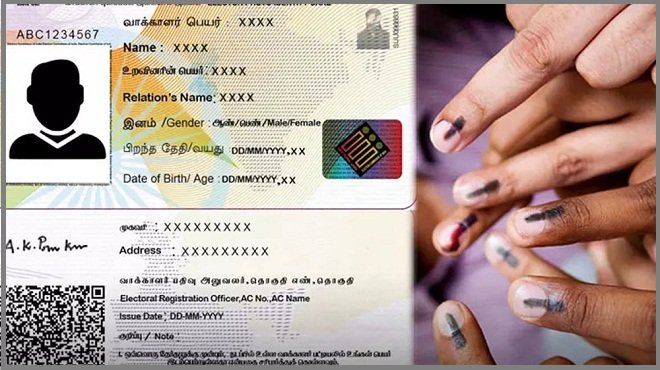
Argentina
Voter ID is mandatory.
Argentina issues a Documento Nacional de Identidad (DNI) for voting.
Citizens must present their DNI at polling stations.
-
The Existence of Voter ID Cards – Not Mandatory Everywhere
One of the biggest differences in Voter ID laws is whether a country mandates a dedicated voter identification card. Some countries issue mandatory voter ID cards, while others allow alternative forms of identification.
India, Brazil, and Mexico require all eligible voters to carry a Voter ID card issued by the government.
Canada, the UK, and New Zealand do not mandate a separate Voter ID card—citizens can vote using passports, driving licenses, or other government-issued IDs.
This difference highlights the contrast between countries emphasizing strict electoral control versus those focusing on ease of voting.
-
India vs. USA – A Stark Difference in Voter ID Laws
India and the United States follow vastly different approaches to voter identification.
India: Every voter is issued an Electoral Photo Identity Card (EPIC) by the Election Commission of India. This card is mandatory for voting and acts as proof of citizenship.
USA: The Voter ID laws vary across different states. While some states have strict photo ID requirements, others allow voters to cast ballots without an ID.
This difference often sparks debates about voter suppression and election integrity in the US. Some believe strict voter ID laws prevent fraud, while others argue they disenfranchise minority and low-income voters.
-
Voter ID Laws in Europe – A Mixed Approach
In Europe, Voter ID laws vary widely:
Germany: Citizens must present a national ID card to vote.
France: Both a voter registration card and a government-issued ID are required.
Sweden & Denmark: No separate Voter ID card exists; citizens use standard ID cards for voting.
These differences in Voter ID laws show how European nations balance security and accessibility in their electoral systems.
-
Latin America’s Strict Voter ID Policies
Latin American countries, particularly Brazil, Mexico, and Argentina, enforce strict voter ID laws.
Brazil: Uses biometric voter registration, requiring voters to authenticate themselves using fingerprints.
Mexico: Issues a highly secure voter ID card with embedded security features to prevent fraud.
This difference highlights the region’s focus on preventing electoral fraud compared to more relaxed systems in North America and Europe.
-
Can Voter ID Laws Prevent Election Fraud?
A significant difference in Voter ID laws is whether they are seen as a tool to prevent electoral fraud or as a barrier to voting.
Countries like India, Brazil, and South Africa believe strict Voter ID laws prevent fraudulent voting.
Countries like Canada and the UK argue that requiring voter IDs can suppress participation, especially among marginalized groups.
This difference is central to ongoing debates about democratic accessibility versus electoral security.
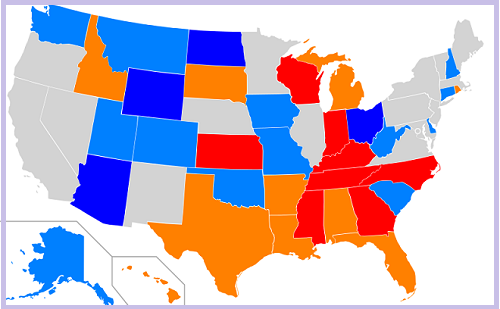
-
The Rise of Digital Voting – A Game Changer?
Some nations are moving towards digital voting systems, reducing reliance on physical Voter ID cards.
Estonia: Allows online voting through a secure digital identification system.
India & USA: Still rely heavily on physical voter ID verification at polling stations.
This difference suggests that while biometric and digital authentication are the future, traditional voting methods still dominate most democracies.
-
Canada vs. Australia – How Do Their Voter ID Laws Differ?
Canada and Australia represent two contrasting voter ID systems:
Canada: Voter ID laws are flexible—voters can use a wide range of documents to prove their identity.
Australia: Voting is mandatory, and failure to vote results in a fine.
This difference reflects Australia’s strict electoral enforcement versus Canada’s more accessible approach.
-
Biometric Voter Identification – Not Universally Accepted
Some countries have embraced biometric technology to enhance voter security, while others have not.
India, Brazil, and Mexico: Use biometric voter verification (fingerprint or iris scanning).
USA, UK, and Canada: Still rely on paper-based or ID-based verification.
This difference highlights the global debate over privacy versus security in elections.
-
Voter Registration Systems – A Major Difference in Electoral Processes
The Voter ID laws and voter registration processes differ globally:
USA: Requires manual voter registration before elections.
India: Regularly updates voter lists through government initiatives.
Norway & Sweden: Automatically register all eligible voters.
This difference affects voter turnout and accessibility in various democracies.
-
Are Voter ID Laws the Same Everywhere?
No! Voter ID laws vary significantly based on national policies, historical contexts, and security concerns.
Some countries enforce strict identification rules, while others prioritize voter accessibility. Understanding these differences in Voter ID laws is essential for grasping how democracies function worldwide.
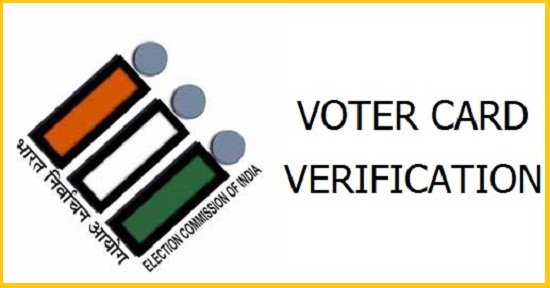
Future of Voter ID Laws – What’s Next?
As democracy evolves, Voter ID laws will also change. The future may see:
Increased use of digital and biometric voting.
Greater flexibility in ID requirements to improve accessibility.
More uniform global standards to ensure fair elections.
Regardless of these changes, the differences in Voter ID laws will continue to shape electoral policies and democratic practices globally.
Final Thoughts
Understanding the differences in Voter ID laws helps us see how elections are conducted worldwide. Whether it’s biometric security in Brazil, strict ID rules in India, or flexible voting in Canada, every country approaches voter identification differently.
What do you think? Should countries have strict Voter ID laws, or should they prioritize ease of voting? Let us know your thoughts in the comments!
Conclusion
Voter identification laws vary worldwide, reflecting different electoral systems and security needs. While some countries like India and Brazil enforce strict ID requirements, others like Canada and New Zealand rely on voter registration systems. Regardless of the approach, the goal remains the same: ensuring free, fair, and credible elections.
Understanding voter ID laws globally can help policymakers improve election systems and enhance democratic participation. If you haven’t obtained your voter ID yet, check your country’s registration process and make sure you are ready to vote in the next elections!





